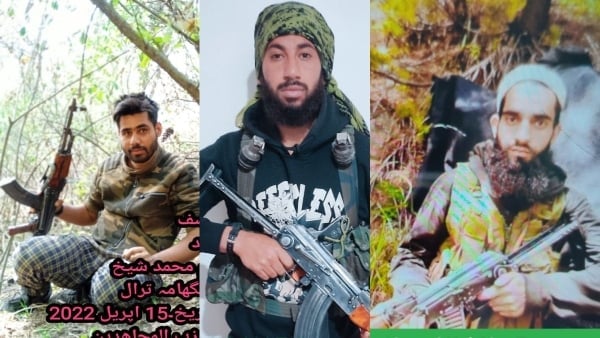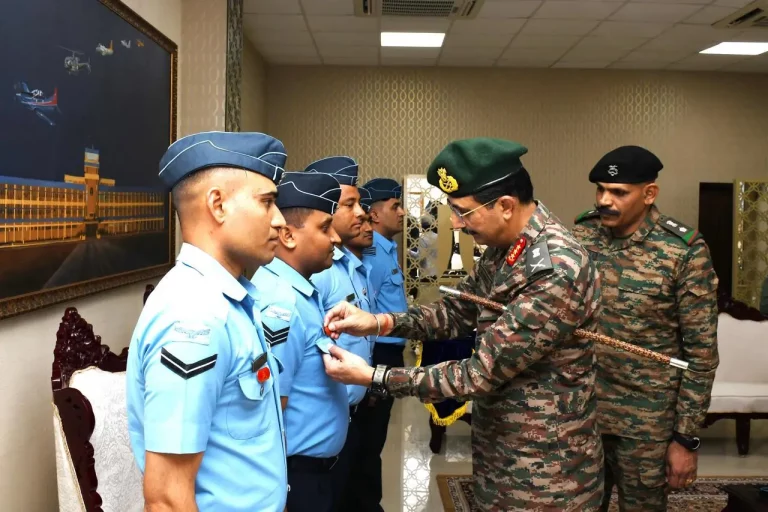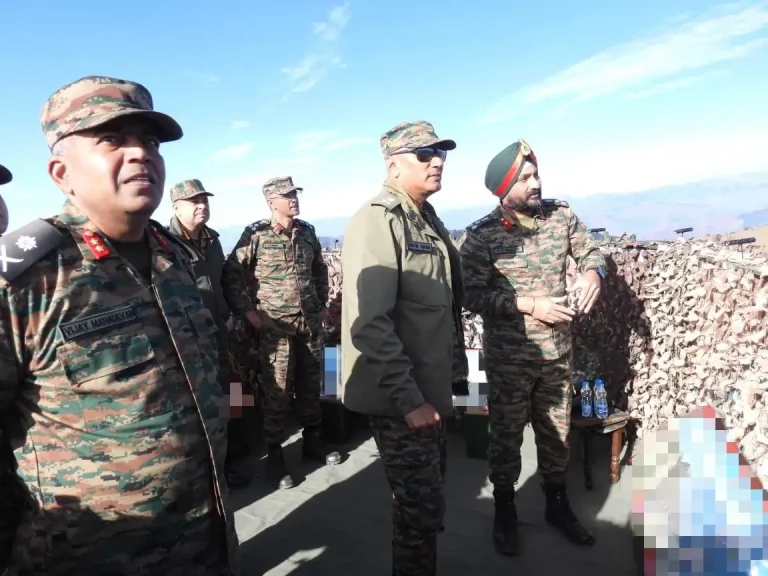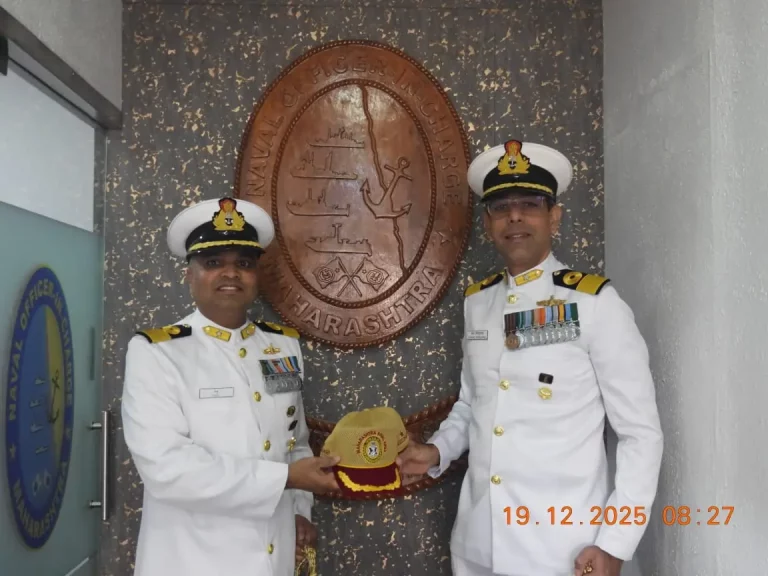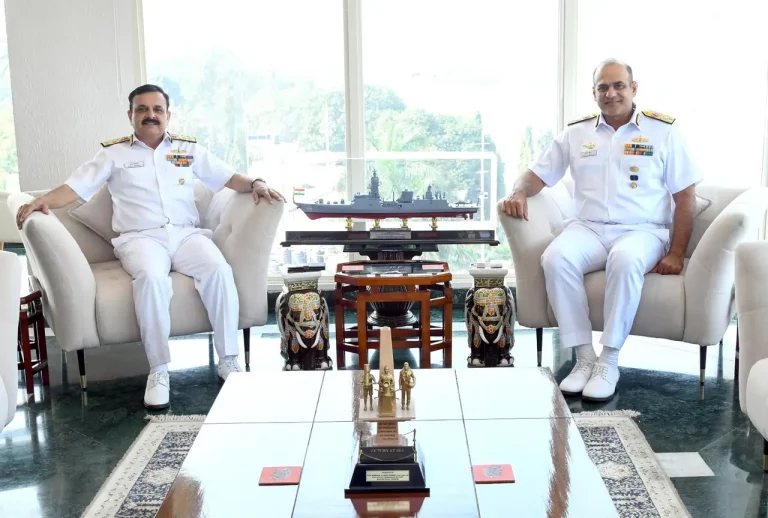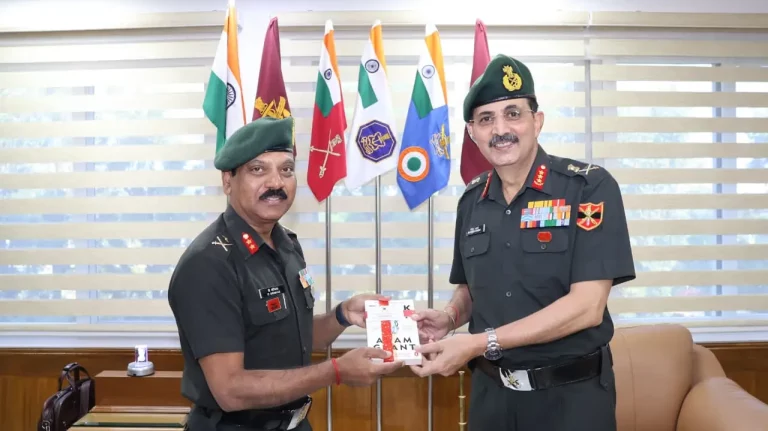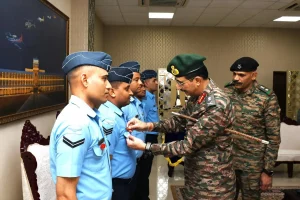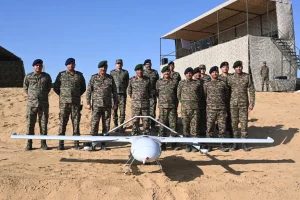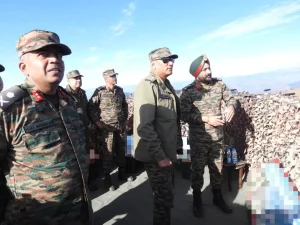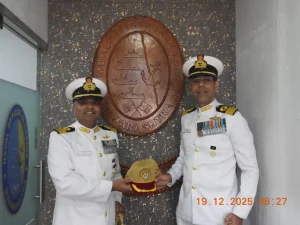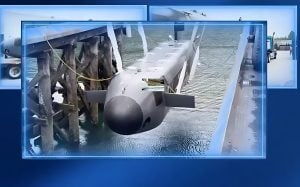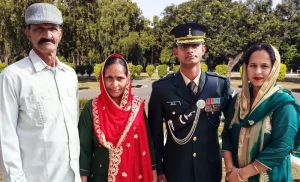A significant development has unfolded in the counter-terror operations in Jammu and Kashmir, with the Pakistan-backed terrorist group Hizbul Mujahideen claiming responsibility for the deaths of three militants during an encounter in Tral, Pulwama district. The group made this declaration via a propaganda poster that prominently featured the Pakistani flag alongside its emblem, reinforcing the long-standing connections between Hizbul Mujahideen and Islamabad.
The encounter took place in Nadir village after Indian security forces initiated a cordon and search operation based on reliable intelligence about the presence of two to three terrorists. This operation escalated into a gunfight, resulting in the elimination of the three suspects, who were initially confirmed as active militants.
However, the situation became complicated as conflicting claims emerged concerning the affiliations of the deceased militants. Hizbul Mujahideen asserted that the individuals were its operatives, yet multiple credible sources have indicated that they were linked to another Pakistan-based terror organization, Jaish-e-Mohammed (JeM). Among those killed were Aamir Nazir Wani, 20, and Yawar Ahmed Bhat, both reportedly active in coordination with JeM in the Pulwama region since 2024.
This contradiction highlights the increasingly blurred lines among militant factions in the Kashmir Valley. Analysts suggest that such overlaps may result from shifting loyalties among militants or internal rivalries aimed at asserting dominance and relevance within the region.
Hizbul Mujahideen, established in 1989 with backing from Pakistan’s Inter-Services Intelligence and the Jamaat-e-Islami, has traditionally pursued the integration of Kashmir into Pakistan. The group is designated as a Foreign Terrorist Organization by the U.S. Department of State and remains a significant player in the valley’s insurgency. However, reports indicate a decline in local support for Hizbul, especially due to its resistance to pro-independence and Sufi beliefs, in contrast to more adaptive groups like The Resistance Front (TRF), comprised of members from both Hizbul Mujahideen and Lashkar-e-Taiba.
Conversely, JeM, founded in 2000 by UN-designated terrorist Masood Azhar, has orchestrated numerous high-casualty attacks, including the deadly 2001 suicide bombing of the Jammu and Kashmir legislative assembly. The organization has retained close operational ties with Pakistani intelligence and military sectors.
The propaganda war, exemplified by Hizbul’s recent poster, is part of a broader strategy by terror groups to maintain narrative control amidst evolving ground realities. Security experts view this as a renewed indication of Pakistan’s direct sponsorship of cross-border terrorism, prompting Indian authorities to advocate for increased global pressure to dismantle terrorist infrastructure situated in Pakistan.
As investigations into the identities and connections of the deceased militants progress, authorities have heightened surveillance and urged citizens to remain vigilant. Counter-terror operations are expected to intensify throughout South Kashmir in response to ongoing threats.
This incident underscores the intricate and evolving landscape of terrorism in Jammu and Kashmir, where propaganda, proxy warfare, and political interests converge in a perilous manner.
